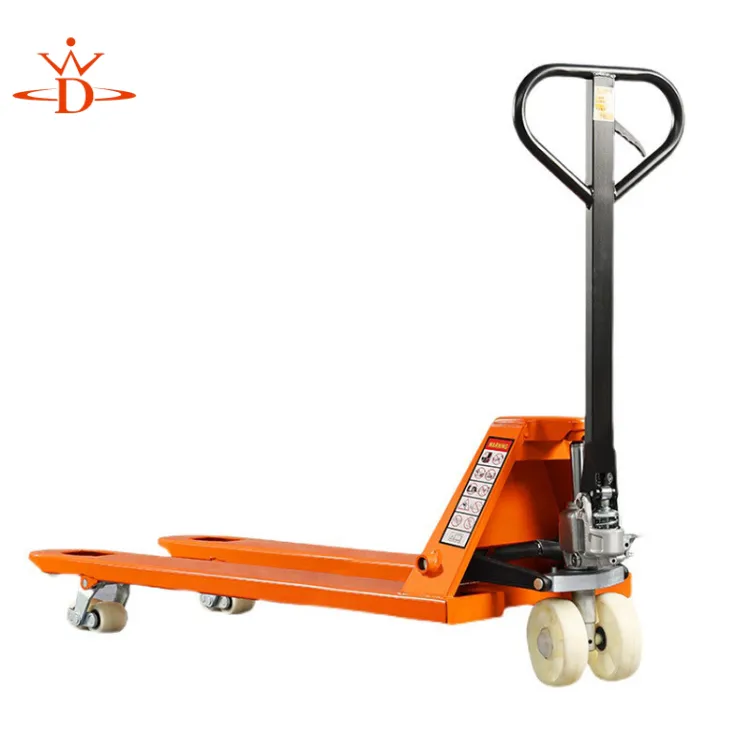Sheet Metal Handling Solutions with Powerful Lifting Magnets for Enhanced Efficiency
Understanding Sheet Metal Lifting Magnets A Comprehensive Overview
Sheet metal lifting magnets have become an essential tool in various industries, particularly in manufacturing and construction. These devices utilize magnetic force to lift and move large sheets of metal, significantly enhancing efficiency, safety, and productivity in tasks where traditional methods may fall short. This article delves into the characteristics, advantages, applications, and safety considerations associated with sheet metal lifting magnets.
The Mechanics Behind Sheet Metal Lifting Magnets
At the heart of any lifting magnet lies an electromagnet or a permanent magnet. Electromagnetic lifting magnets are powered by electricity and can be switched on or off, allowing for precise control over the lifting process. Permanent magnets, on the other hand, do not require a power source and rely on their inherent magnetic properties.
The strength of a lifting magnet is measured in terms of its lifting capacity, which depends on various factors, including the type of magnet, the thickness and type of the metal sheet, and the surface conditions of the metal. Lifting magnets are designed to provide a strong grip while being lightweight and compact, making them easy to handle and maneuver.
Advantages of Using Sheet Metal Lifting Magnets
1. Increased Safety Traditional lifting methods often employ slings and chains, which can pose safety risks, including slippage. Sheet metal lifting magnets eliminate many of these risks by providing a secure grip. Moreover, their operation minimizes manual handling, reducing the likelihood of injuries.
2. Enhanced Efficiency Using lifting magnets can drastically reduce the time required to move or position heavy sheets of metal. These devices can quickly latch onto the metal surface, allowing for faster loading and unloading processes.
3. Versatility Lifting magnets are versatile tools that can be used for various applications, from manufacturing and fabrication to construction and warehousing. They are suitable for handling different types of metals, including steel, stainless steel, and some alloys, making them invaluable in diverse environments.
sheet metal lifting magnets

4. Reduced Damage Risks Unlike claws or hooks, which can mar the surface of metals, lifting magnets are designed to maintain the integrity of the material they are handling. This is particularly important in industries where surface finishes are crucial, such as automotive manufacturing.
Applications of Sheet Metal Lifting Magnets
The applications of sheet metal lifting magnets are extensive. In manufacturing plants, these devices are commonly used for handling metal sheets during processes such as cutting, stamping, and welding. In construction, lifting magnets assist in installing large metal structures, such as beams and panels, facilitating quicker assembly times.
Furthermore, in warehouses, they enable efficient storage and retrieval of metal components, thereby optimizing space and enhancing workflow. The adaptability of lifting magnets also allows them to be integrated into automated systems, further increasing their utility.
Safety Considerations
While sheet metal lifting magnets are designed with safety in mind, operators must adhere to certain guidelines to ensure their effective and safe usage. It is vital to regularly inspect lifting magnets for any signs of wear or damage. Additionally, understanding the lifting capacity and ensuring it is not exceeded is crucial for preventing accidents.
Training personnel in the proper handling and operation of lifting magnets can significantly reduce risks while improving productivity. Lastly, wearing appropriate personal protective equipment (PPE) during operations is essential to safeguard against potential injuries.
Conclusion
In summary, sheet metal lifting magnets represent a significant advancement in material handling technology. Their ability to provide safe, efficient, and versatile solutions contributes to improved workflows across various industries. By integrating these tools into operational procedures, businesses can enhance productivity while ensuring worker safety and product integrity. As technology continues to evolve, the future of sheet metal lifting magnets looks promising, with potential developments that could further revolutionize their applications.
-
Portable 2000 lb Gantry Crane | Heavy-Duty & AdjustableNewsAug.30,2025
-
Versatile Lifting Solutions with Gantry and Overhead CranesNewsAug.29,2025
-
The Versatile Mobile Gantry Crane SolutionNewsAug.29,2025
-
Reliable Movement with Heavy Machinery Skates and RollersNewsAug.29,2025
-
Reliable Lifting Performance with 2000 lb Gantry Crane and 2 Ton Overhead SystemsNewsAug.29,2025
-
Maximize Lifting Efficiency with PML Magnetic LiftersNewsAug.29,2025
-
Efficient Relocation Starts with Reliable Machinery MoversNewsAug.29,2025
